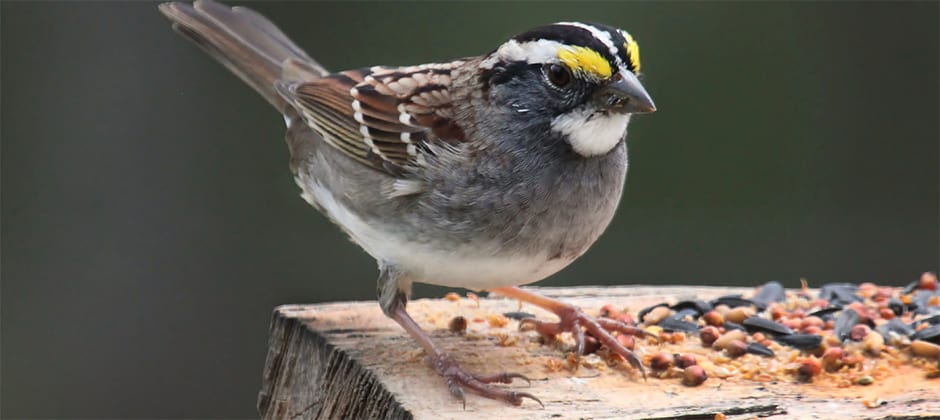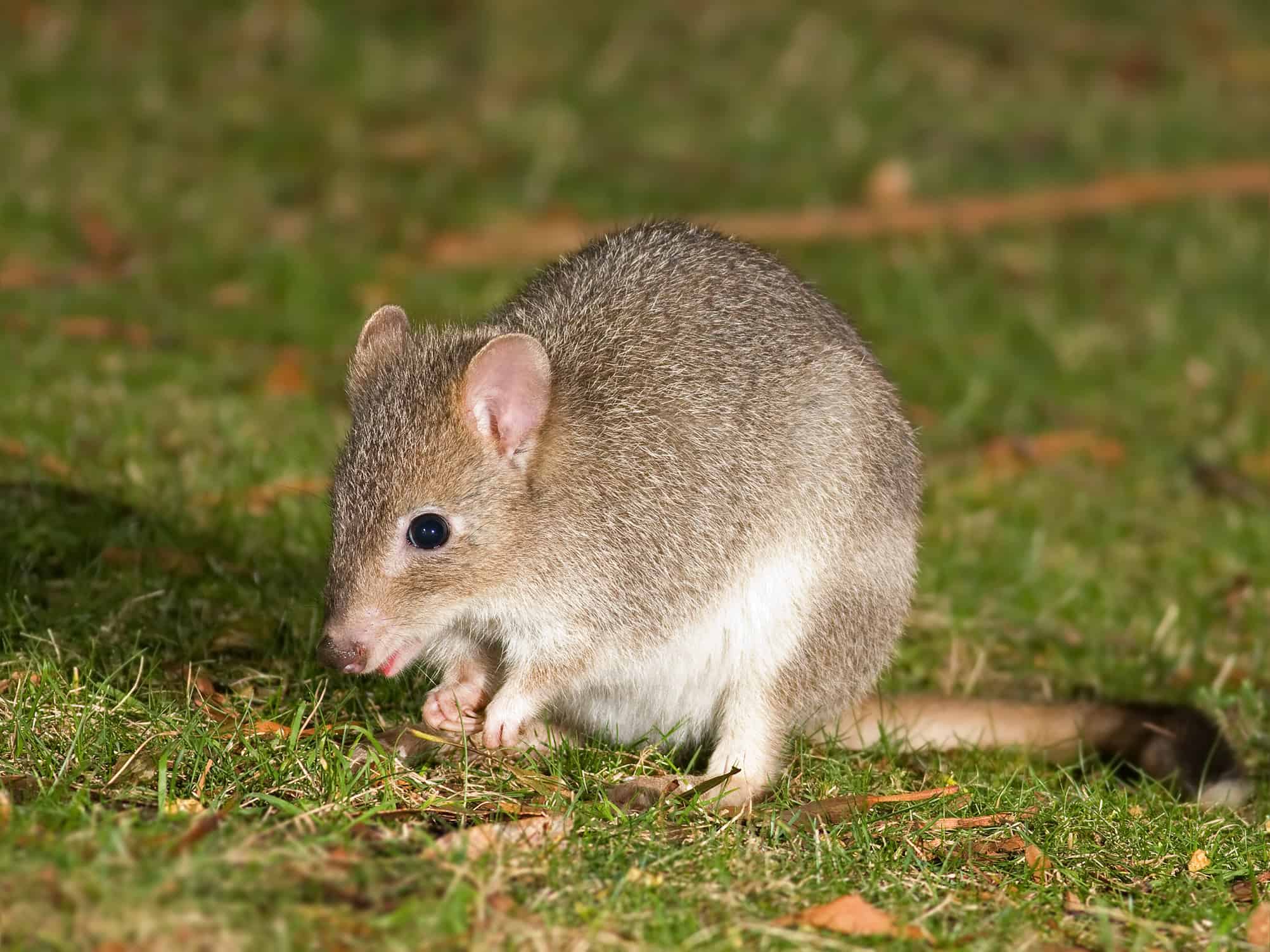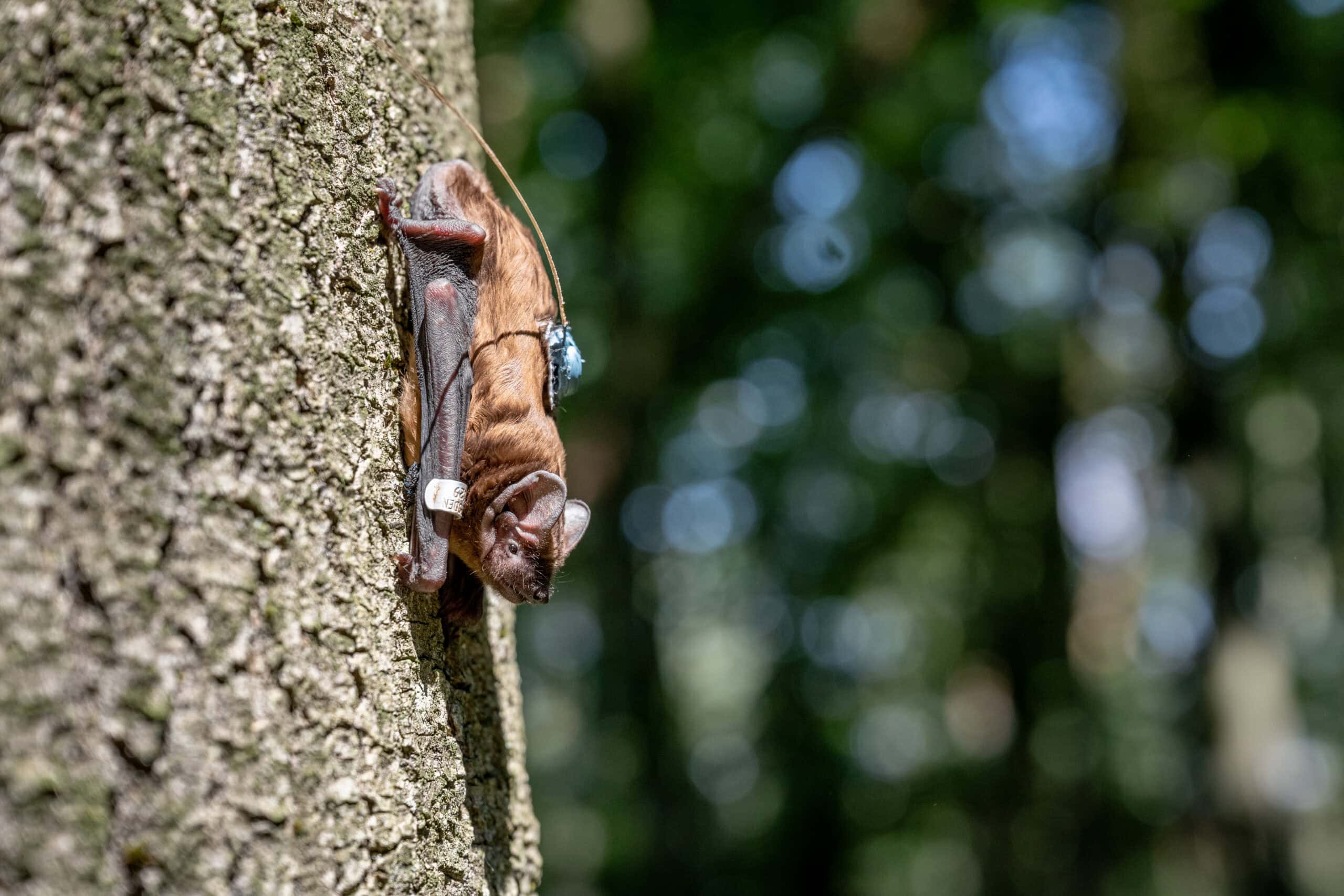Share this article
Chirping at night can put birds at greater collision risk
Birds that make faint, high-frequency flight calls during their nighttime migration are more likely than ones that don’t make these calls to collide with buildings, researchers found.
“Flight calls are used by migratory birds to help them on their navigation,” said Ben Winger, an assistant professor at the University of Michigan and lead author of the recent study published in Proceedings of the Royal Society B. The birds tend to make these calls more frequently when they fly over brightly lit cities. Winger thinks hearing the calls of other birds potentially helps birds know they’re on the right track.
But when birds are attracted to the lights in buildings, which can disorient them, they’re drawing more birds to their same fate — collisions that often end in death.
In the study, Winger and his colleagues analyzed bird collision data dating back to the 1970s in Chicago and Cleveland collected by the Chicago Field Museum and volunteer groups in both states. Overall, they pored through 70,000 records from 93 species of birds that migrate at night.
Because they had been noticing anecdotally that birds that don’t make flight calls, like the warbling vireo (Vireo gilvu) and blue-gray gnatcatchers (Polioptila caerulea), were less likely to hit buildings than species that do make flight calls, like the white-throated sparrow (Zonotrichia albicollis) and Swainson’s thrush (Catharus ustulatus) they decided to test out their hypothesis.
The team first determined if the birds involved in bird collisions belonged to species that did or did not make flight calls. Then, they looked at the eBird database to understand the local abundance of the species in Chicago and Cleveland.
They found the majority of collisions in both Cleveland and Chicago included species that made flight calls — including sparrow, warbler and thrush species.
The next step, Winger said, is trying to understand why the birds make these flight calls and how they make decisions and use social cues. “Nocturnal bird migration is hard to study because it’s happening at night,” Winger said, but continuing research into bird collisions is providing new insights.
Meanwhile, Winger suggests continuing Lights Out programs, where lights are turned out in buildings during important migration times, to reduce bird collisions.
Header Image: Birds that make flight calls when migrating at night may be more likely to collide with buildings, which is often fatal. ©Roger Hart/University of Michigan Photography








